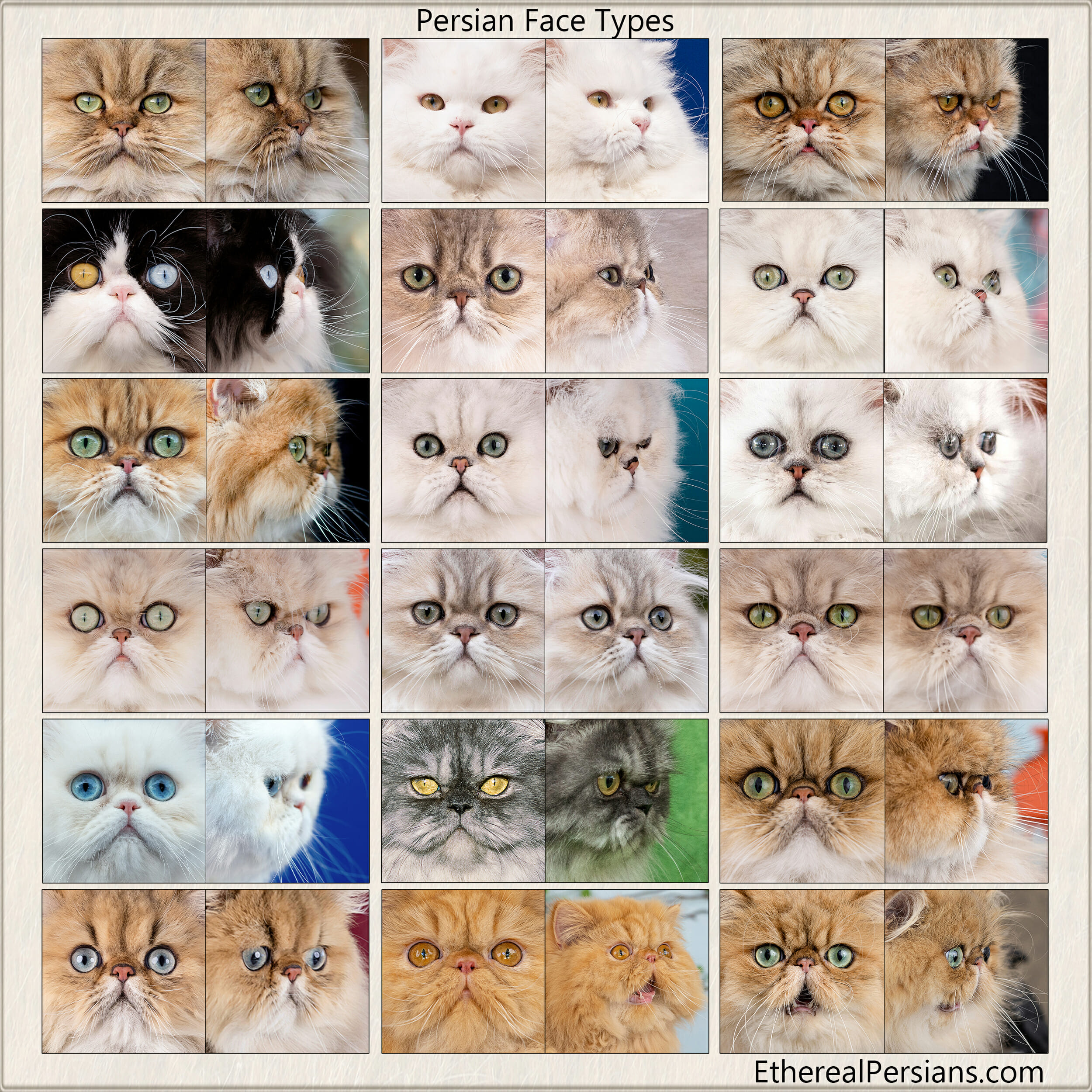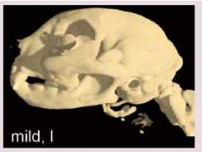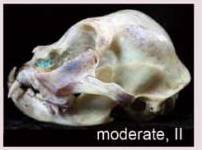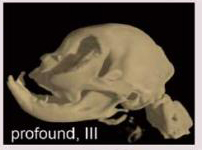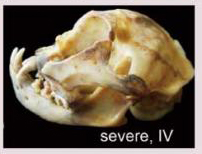Health of The Persian Cat
Disclaimer: The health of Persian cats is a controversial topic due to the varying degrees of brachycephaly that exist within the breed. Our knowledge is guided by research from veterinary doctors such as Dr. Danièlle Gunn-Moore who is 1 of 5 leading world experts in the health of domestic felines and Dr. Karen Becker who is a proactive holistic veterinarian and strong advocate of feeding a species appropriate diet. The most invaluable recommendations we make are a result of our extensive years breeding and nurturing Persians towards optimal health.
Here are a few key points to bare in mind:
All cats have the potential to inherit or develop health problems; just as all humans are predisposed to certain illnesses or may contract diseases through their environment. All seasoned breeders will inevitably experience both congenital and environmentally acquired health problems within their pedigree. Be critical of anyone who offers to sell you a pet without a health guarantee. A healthy persian should live between 15 – 20 years if provided with optimal nutrition and stimulation. A well breed Persian should not snort, wheeze or have excessive tearing. It is the responsibility of breeders to conduct the proper available genetic testing on all breeding cats and to maintain health records. Breeding should prioritize health over beauty. Chronic health problems are often a result of poor husbandry choices.
HOW THE PIG TOOK OVER THE DOLLHOUSE
In the United States
For centuries, Persians have been selectively breed to refine phenotypes such as coat type, body type, face type and color. In the past few decades, the Persian cat has experienced extraordinary pressure from artificial selection to transform the breed from the traditional type with the long protruding snout to the modern brachycephalic type with a snub nose. A focus on traits such as plusher coats and shorter, stockier bodies do not compromise health like extreme brachycephalic features. Ultra-type persians often suffer from nasal-acriminal problems which result in improper eye drainage and possible breathing problems . Despite the obvious rise in health problems, during the 1990’s the extreme face Persian became more competitive than the doll-face persian in the show hall. To this day, the Cat Fancy Association in the United States embraces brachycephalic standards for the Persian breed. As a result, brachycephalic persians have become the dominating look in American pet homes.
Outside the United States
Meanwhile, registry organizations in other countries recognize the increase in health risk associated with the extreme type and have taken steps towards discouraging their breeding. For example, the Governing Council of the Cat Fancy located in the UK limits the acceptable position of the nose. Likewise, Germany’s Animal Welfare Act prohibits the breeding of any cat whose tip of the nose is higher than the lower level of the eyelid. The difference between standards accepted depends on location and registry being used.
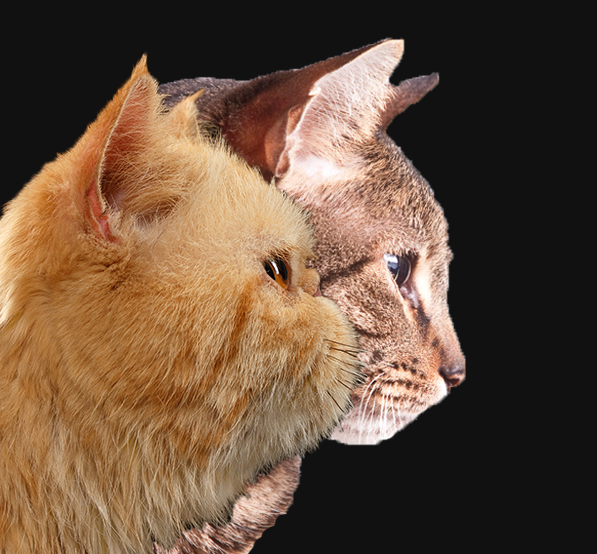 BRACHYCEPHALY
BRACHYCEPHALYIn Greek, brachy means shortened and cephalic means head. The Veterinary Association defines Brachycephalism as a chronic condition characterized by changes in skull shape that produce a shortened muzzle. Common symptoms of cats expressing severe brachycephalism include chronic epiphora (tearing), entropion, stenotic nares and dental crowding. Those problems can be detected during a physical exam. Stenosis and entropion tend to worsen with age. Problems not so easy to detect include hydrocephalus and brachycephalic obstructive airway syndrome (BOAS).
Type 1 (mild) brachycephalic persians resemble traditional face Persians. Their nose and nose break is far below the lower lever of their eyes. They have a distinguishable nose ridge with a protruding snout. The lower jaw is even with the top jaw and the teeth properly align. The shortness of their muzzle is associated with no significant health detriments when compared to mesocephalic cats.
Type 2 (moderate) brachycephalic persians are doll face persians. Like type 1 cats, their nose falls below the lower level of their eyes, but unlike them, they have a more defined stop and a shorter muzzle. Their lower jaw sometimes exceed the length of the top jaw. Dental cramming and skull deformities start becoming common.
Type 3 (profound) brachycephalic Persians have a flat face. Their nose often meets the lower level of their eyes and they have a profound nose ridge (CFA defines it as a “break”). The lower jaw protrudes further than the top jaw and points slightly upwards causing dental cramming. Their facial bones are disproportionate when compared to mesocephalic cats.
Type 4 (severe) brachycephalic Persians are extreme type or peke face Persians. Their nose is often even with the upper level of their eyes and it looks like their snout is concave, starting at the nose ridge/break. Their lower jaw commonly protrudes passed the upper jaw. Facial bones are significantly altered.
Skull images taken from the Journal of Feline Medicine and Surgery (2009) 11, 891 – 900.
Are all Brachycephalic Cats Unhealthy?
